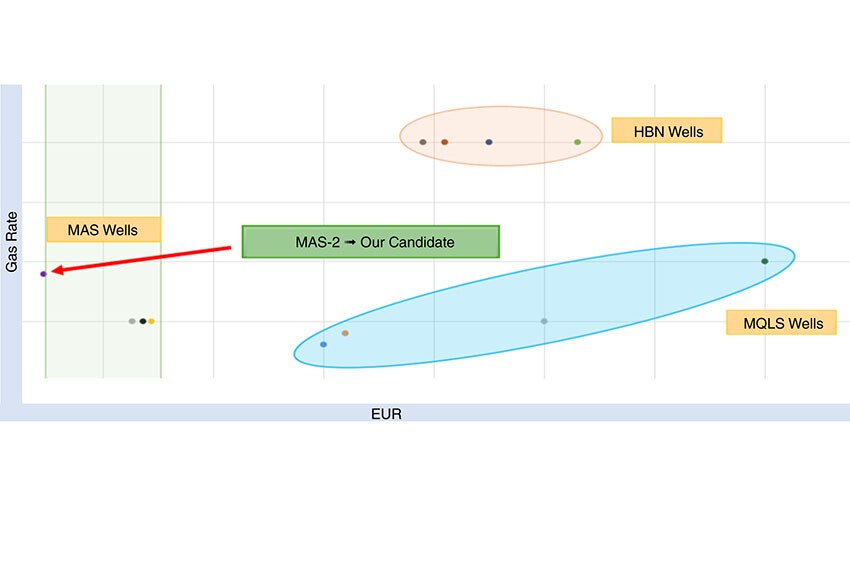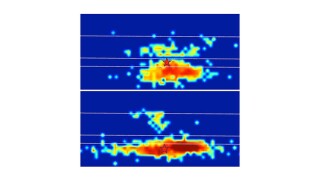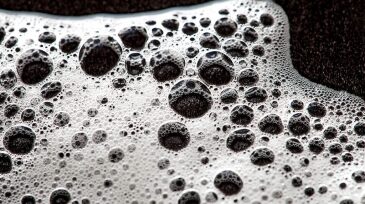Acidizing/stimulation
This study explores enhancing gas production through a novel combination of prestimulation using a coiled tubing unit and high-rate matrix acidizing.
The authors of this paper describe a method of stimulating a multizone hydrocarbon-producing well wherein a tool is deployed downhole by wireline to generate acid vapor at a target depth, allowing each interval to be treated uniquely.
In this work, microseismic observations are integrated with strain and other observations to investigate the microseismic response in relation to the underlying hydraulic fracture geometry for different rock types.
-
Carbon dioxide (CO2) with 30% foam quality (FQ) has been introduced for the first time during acid fracturing treatments in a tight, sour, high-pressure/high-temperature carbonate gas reservoir in Saudi Arabia.
-
This paper presents experimental and field-case studies with a sandstone-acidizing treatment designed to retard the hydrofluoric acid reaction rate and enable single-stage treatment.
-
This paper studied three residual-free fluid systems for acid treatments and fracturing in order to develop no-damage or reduced-damage and highly effective stimulation techniques for long-interval wells.
-
This work introduces sodium gluconate as an efficient and environmentally friendly iron-chelating agent.
-
The technical contributions highlighted this year focus on matrix stimulation of carbonate and unconventional reservoirs.
-
Core-flow tests are usually conducted to test and model stimulation treatments at laboratory scale, to predict the performance of such treatments in carbonate reservoirs.
-
Mechanical-diversion techniques can ensure acid injection into the various intervals of naturally fractured reservoirs.
-
An operator developing tight carbonate reservoirs found that conventional acid stimulation with 15% hydrochloric acid (HCl) in horizontal wells did not provide expected results.
-
At the SPE Hydraulic Fracturing Technology Conference, one of the most innovative ideas discussed was a liquid proppant designed to turn into strong spherical balls to keep a fracture open.
-
The lower tertiary formation found in the pre-salt layers of the Gulf of Mexico has become a proving ground for extending what is possible when completing multistage fracturing in ultradeepwater wells.













